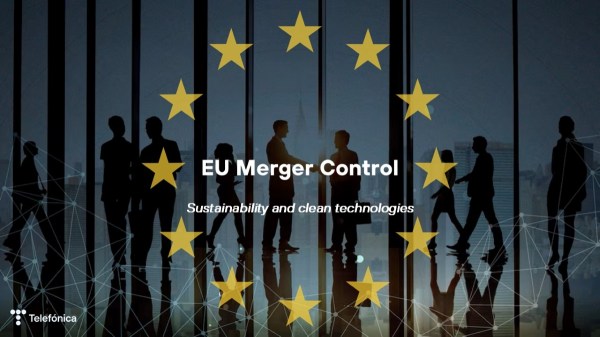Mario Draghi: how to revive competitiveness and technological autonomy in Europe
A year ago, Mario Draghi warned that Europe risked losing economic weight, technological autonomy and industrial capacity if it did not pick up the pace.
His diagnosis was clear. While the United States and China deploy large-scale industrial strategies, Europe advances slowly, caught between national regulations, fiscal constraints and a fragmented single market.
His prescription? Massive investment, more agile and forward-looking regulation and a fully functional Capital Markets Union capable of financing innovation at scale.
Regulatory barriers and risks to Europe’s digital competitiveness
Twelve months later, Draghi returned to Brussels. His tone was measured but firm: “Inaction threatens both our competitiveness and our sovereignty.” Only a tenth of his proposals have made significant progress. Europe, he said, “has a compass, but not yet a shared course.”
The former Italian Prime Minister reminded us that global competition is no longer measured only in productivity or costs, but in who controls technology, data and energy. Without technological or energy autonomy, industrial policy remains little more than words on paper.
He also warned about the unintended consequences of over-regulation. The cost of processing data in the EU is 20% higher than in the United States due to regulatory complexity. And if the new Artificial Intelligence Act is not applied proportionately, it could end up stifling the innovation it seeks to protect.
He emphasized the need for urgency. Europe must safeguard competition but not at the expense of innovation or scale . Although the review of merger guidelines is moving forward, industry cannot wait until 2027. Draghi urged policymakers to integrate innovation and resilience into competition policy now proposing a fast-track mechanism aligned with the pace of technological change.
This is not a call for deregulation, but for better regulation: enabling and supporting those building European capabilities in critical sectors such as artificial intelligence, cloud and edge computing. Achieving this will require speed, scale, and intensity: acting together, targeting investment where impact is greatest, and delivering results in months, not years.
From diagnosis to delivery
Businesses do not legislate, but they are the ones who innovate, invest, and take risks. Without their commitment, Europe’s new industrial policy will remain an abstract ambition.
The real challenge is to mobilise the public sector and the business community around shared goals: productivity, sustainability, technological autonomy and global competitiveness.
Draghi summed it up in one line: “Europe does not need more diagnoses; it needs companies building the future.”
Against a backdrop of high energy costs, geopolitical competition and complex regulatory frameworks, the key is to ensure that public policy and investment actually create incentives to mobilize private investment and innovation.
Technological innovation with a European purpose
At the heart of this new industrial era lies the dual imperative of competitiveness and technological autonomy.
“Artificial intelligence is a ‘transformative’ technology, as electricity was 140 years ago. But it depends on the orchestration of at least four other technologies: cloud to store large volumes of data, supercomputing to process them, cybersecurity to protect sensitive sectors, and advanced networks — 5G, fibre and satellites — to transmit them.” Mario Draghi
Europe’s technology leaders are driving change, with telecommunications at the centre. Their strategy rests on three pillars that define the continent’s new digital infrastructure: responsible AI, edge computing and European cloud. This approach consolidates a European technological identity based on security, responsible development and sustainability, creating industry, jobs and technological capabilities distributed across the territory.
But no modern industrial policy is built in isolation. Europe’s digital future depends on technological alliances and shared sovereignty, build on public–private collaboration and partnerships between companies that were once competitors.
Towards a competitive and sovereign technological ecosystem
Telefónica and other European telcos are active participants of this transformation. Their involvement in cloud and edge infrastructure projects shows that Europe can build its own competitive and autonomous technological ecosystem.
Initiatives such as IPCEI (Important Projects of Common European Interest) embody this new logic, bringing together governments, companies and research centres to develop strategic capabilities in data, computing and connectivity.
These alliances turn industrial policy into action, translating innovation into investment, jobs and productivity and, above all, into a new way of building Europe from the ground up, through enterprise. European competitiveness is a shared task. Governments set direction with regulatory frameworks and incentives, but companies turn strategies into tangible results. Today, success is measured by their contribution to the continent’s productive and technological competitiveness.
At heart, this is the new “ethics of ambition” Draghi called for: competing with confidence, innovating with values and acting with speed — a Europe ready to lead, and companies unwilling to wait for others to do it for them.








